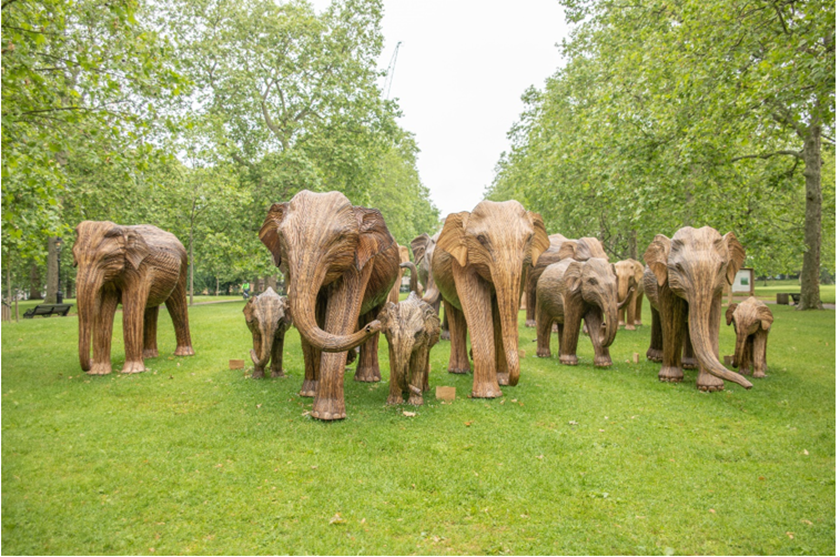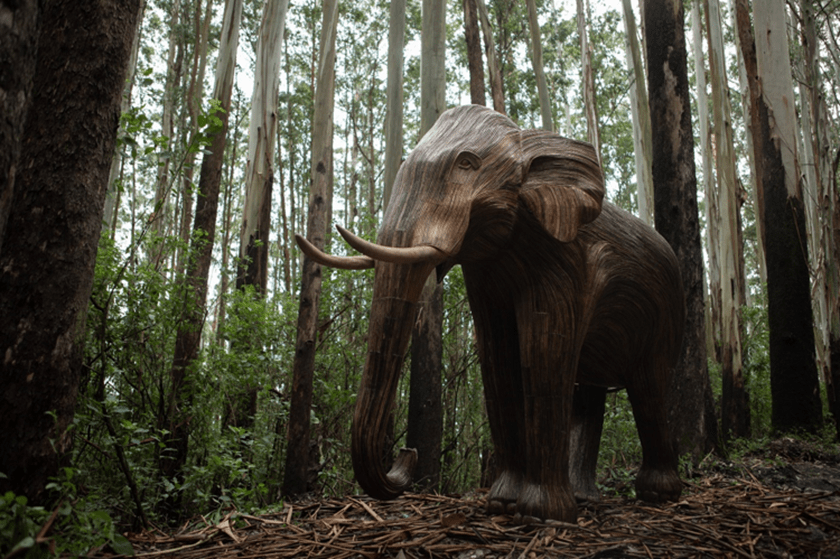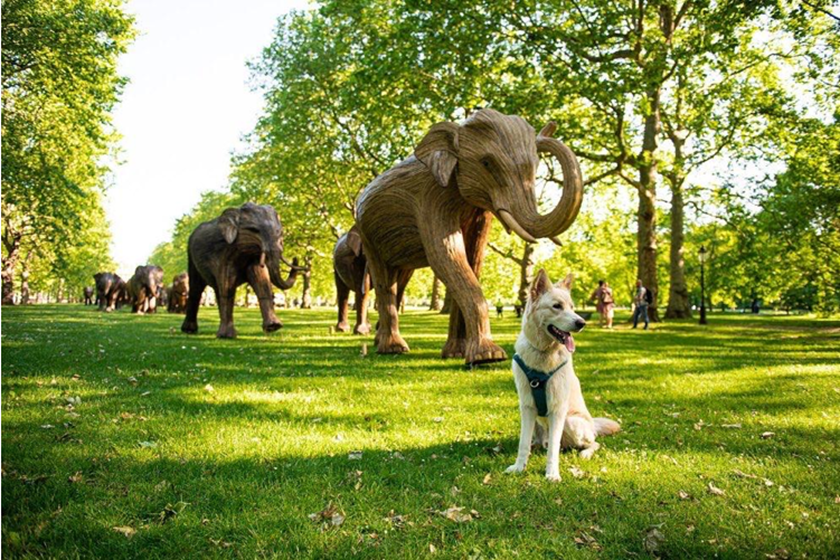What do elephants have to do with Climate Change?

Climate change seems to be more on the agenda now than ever before- and it’s about time. We are seeing the real time impacts of climate change around us- right now. As I write this there is a heatwave in Oregon, which had its hottest day ever recorded – reaching 108F (42.2C) on Saturday afternoon. In parallel a tornado is devastating parts of south-east Czech Republic- these are extreme weather events, and few would dispute that these are directly linked to our changing climate.
The action on climate change has increased exponentially in recent years with civil society picking up this issue and advocacy efforts challenging the urgency with which global leaders have been dealing with this emergency- and in parallel scientific and public discourse increasingly links the climate crisis to the nature crisis. The ongoing loss of biodiversity is leading directly to the climate crisis and reducing our ability to naturally draw carbon out of the atmosphere. As the climate changes, our ecosystems breakdown and there is a further loss of biodiversity and ability to capture carbon. The relationship between the climate and nature is the very epitome of a co-dependent relationship, as one suffers so does the other.
However, we also know that we can use this relationship to our benefit- we can make progress on both if we make progress on either. Conservation efforts are key to the protection of biodiversity. The protection of nature through conservation of forests and other means is critical to all life on earth and the safeguarding of the future of the planet as we know it.
This is as important as reducing emissions, some would argue that it is more cost effective and impactful in the long run. Research suggests that investing in nature could provide around 30% of the cost-effective mitigation that is needed by 2030 and will also provide a powerful defence against the impacts and long-term hazards of climate change.

So, what does any of this have to do with elephants?
As the largest terrestrial mammal alive today, elephants are a wide-ranging species this means they need a lot of forest to exist safely and to thrive. Male Asian elephants need 800sq km of forest- this is equivalent to the city of New York or Bangalore. 80% of Asian elephant range exists outside of forested areas which are designated as protected - also home to indigenous communities with whom these animals need to coexist to survive.
Protecting forests and the areas that connect them are an essential part of protecting an endangered species like the Asian elephant, but if we can protect the forests that are their habitats and secure the future of this charismatic animal, we would go a long way in protecting the biodiversity that exists in these forests, the ecosystem services that will enable healthy communities and the carbon capture and sequestration that is vital to any meaningful response to climate change.
It’s London Climate Action Week- please visit our beautiful elephants as part of our CoExistence Campaign in the Royal Parks and take a moment to reflect on CoExistence, Nature and Climate Change.
By Diya Mukarji, Head of Programmes at the British Asian Trust

